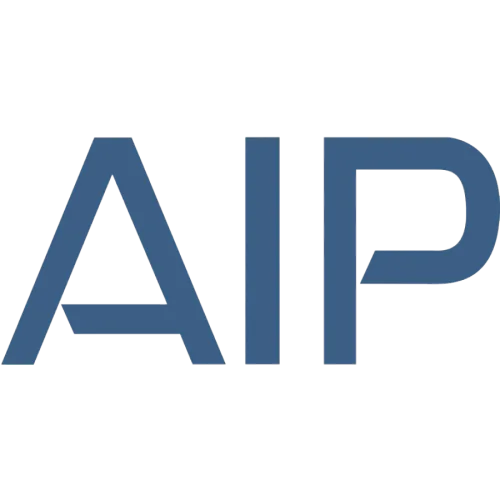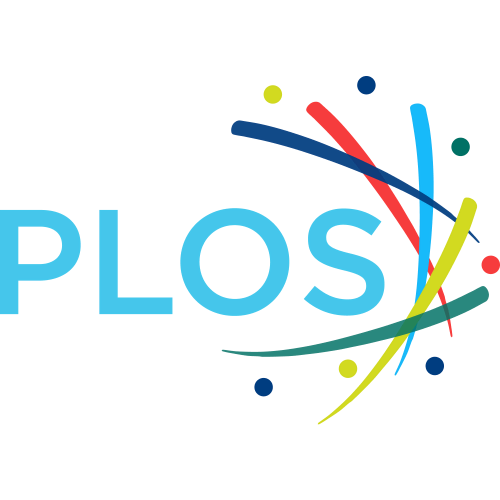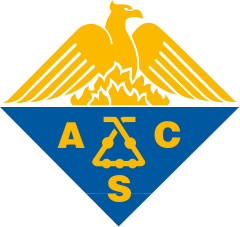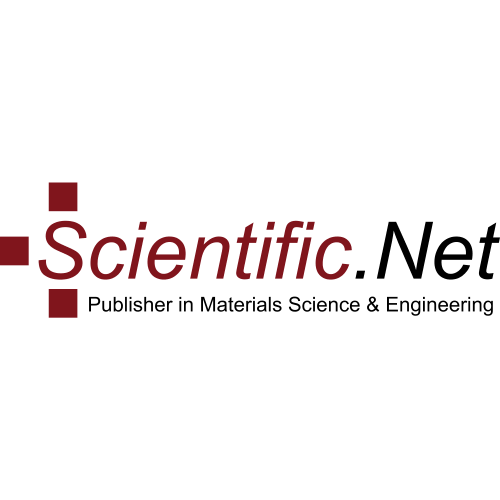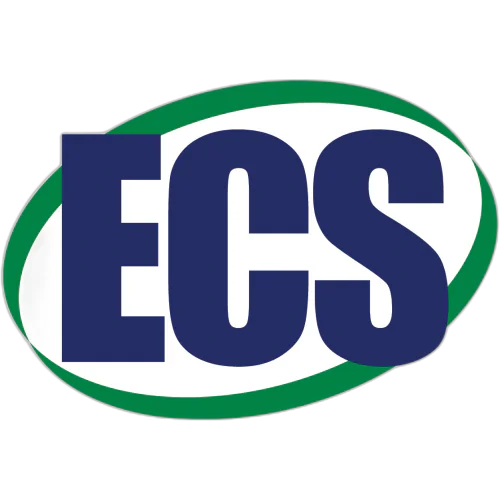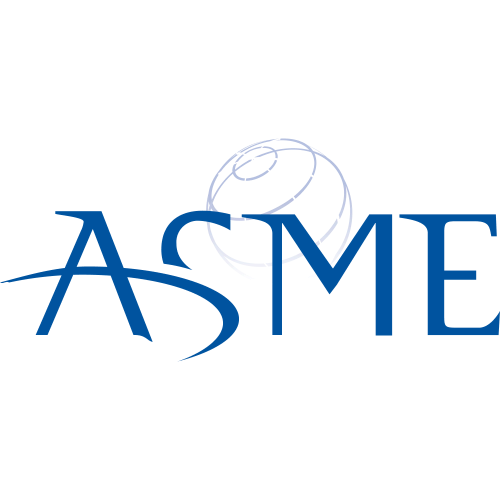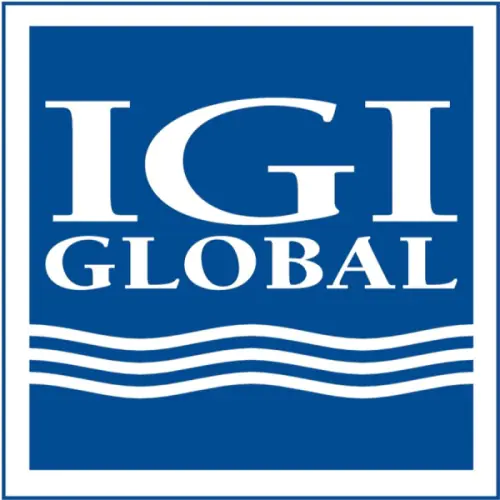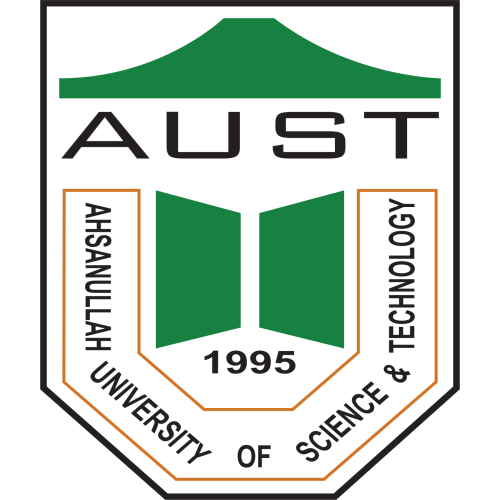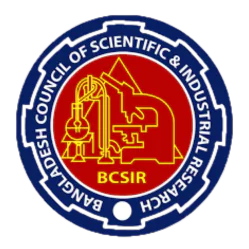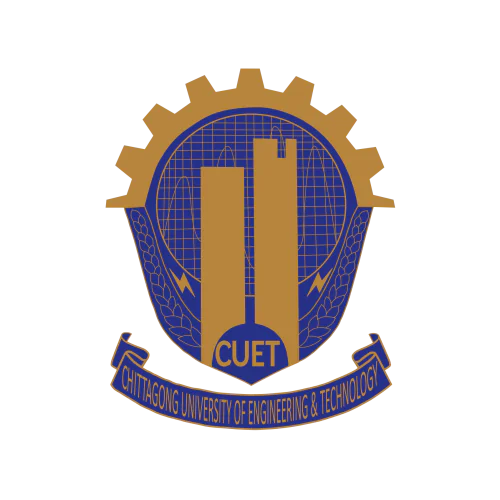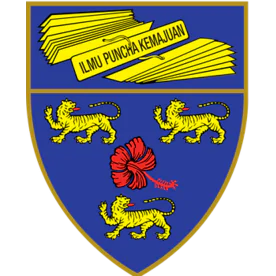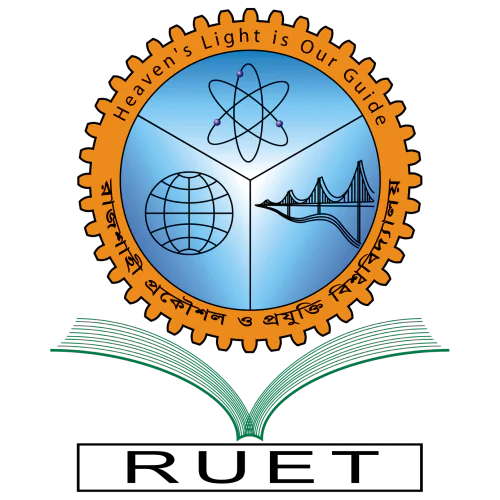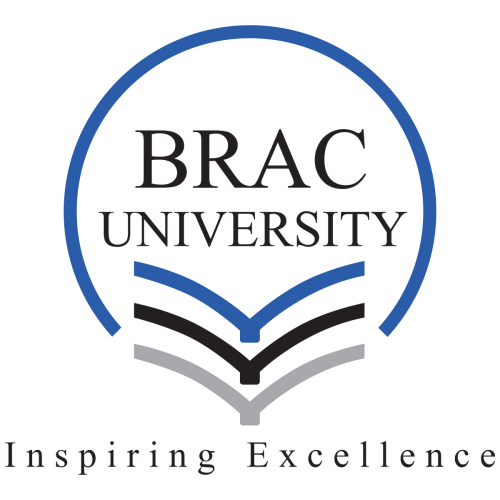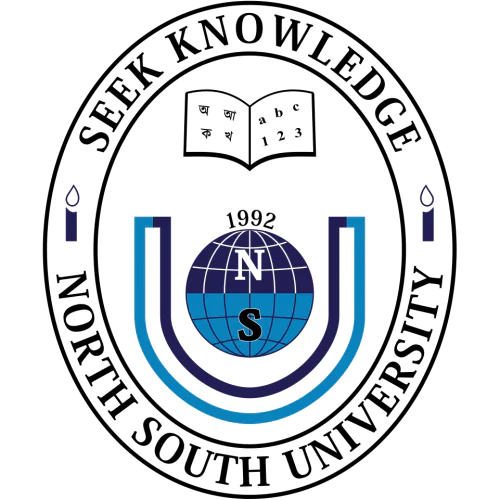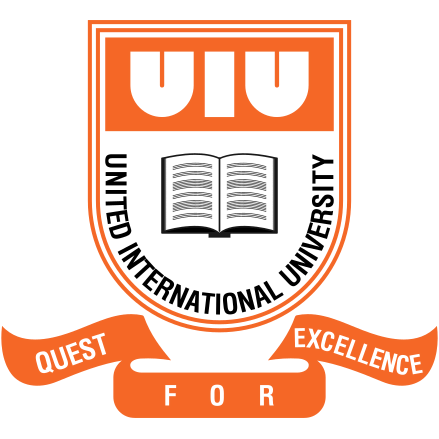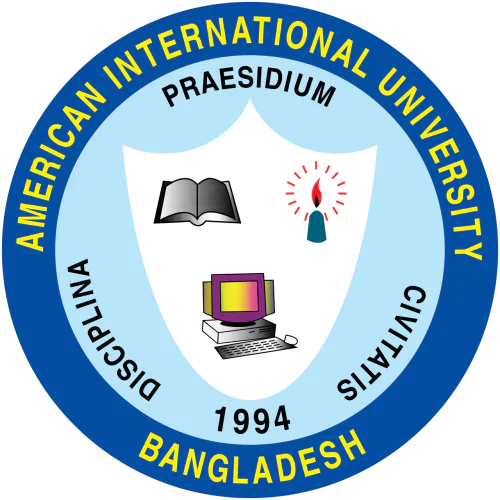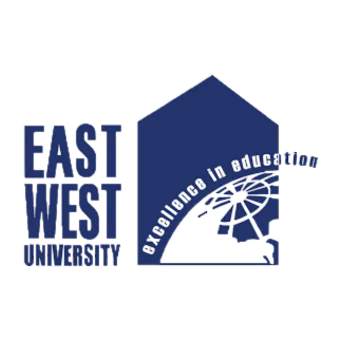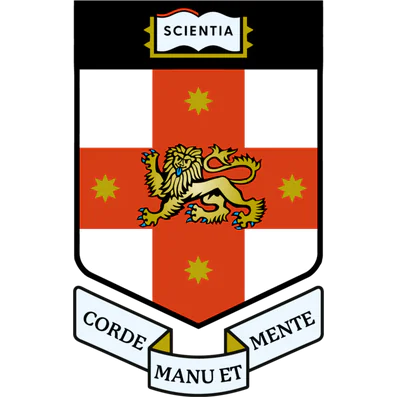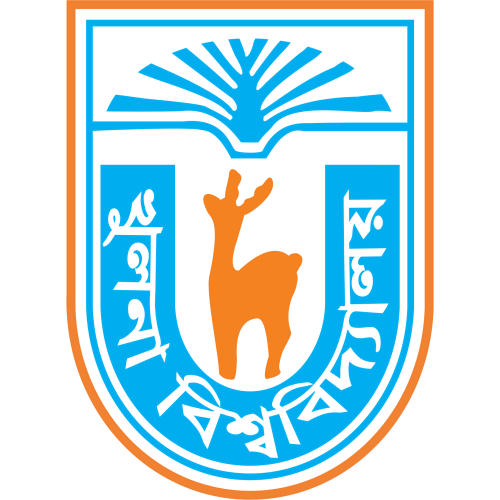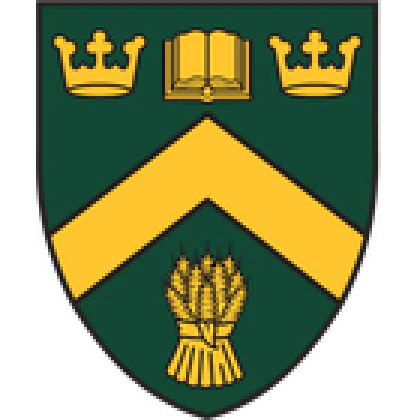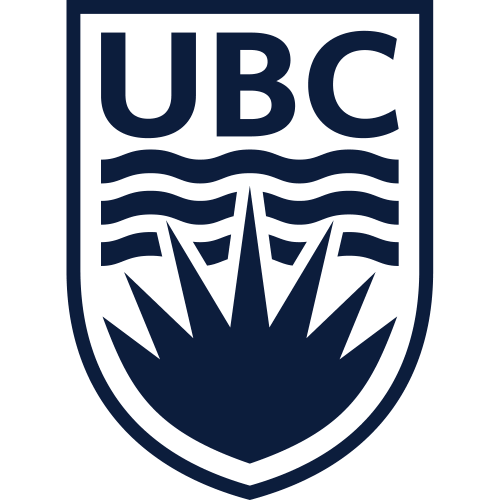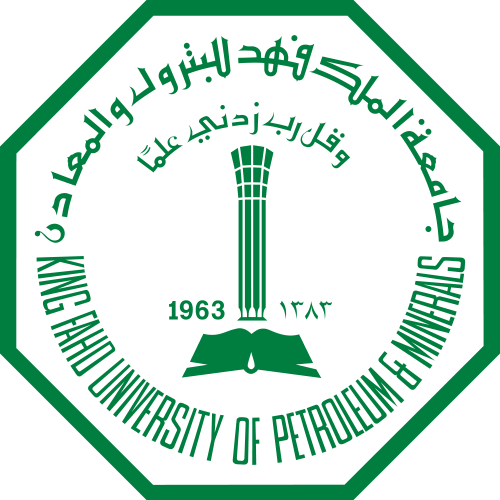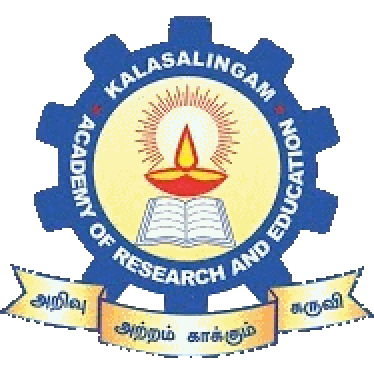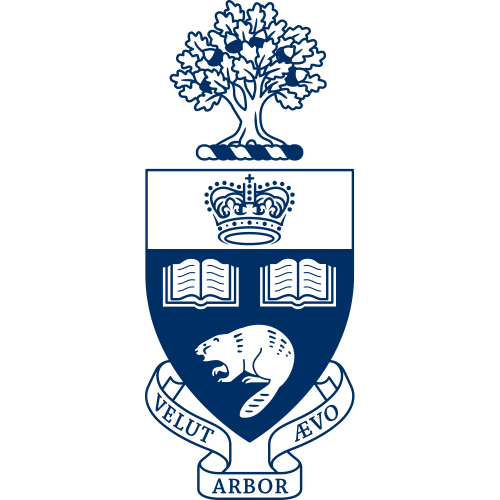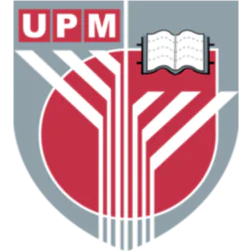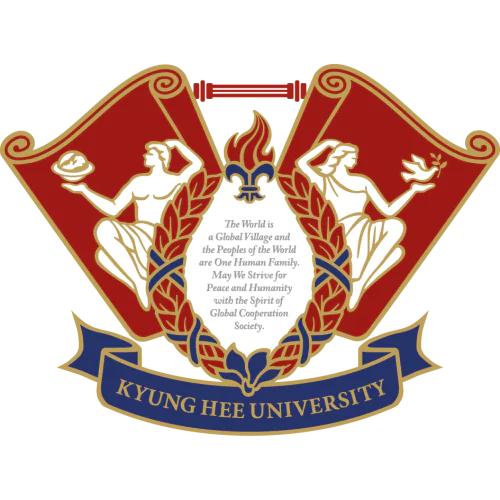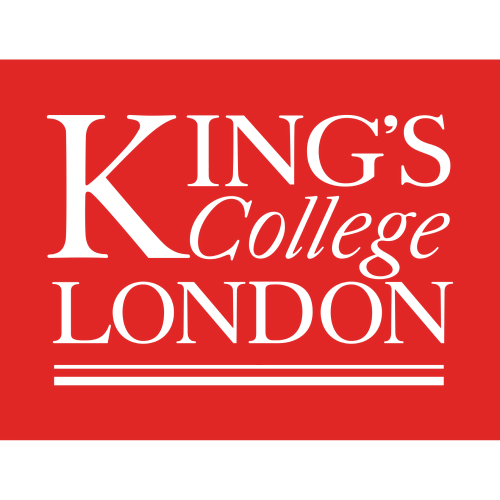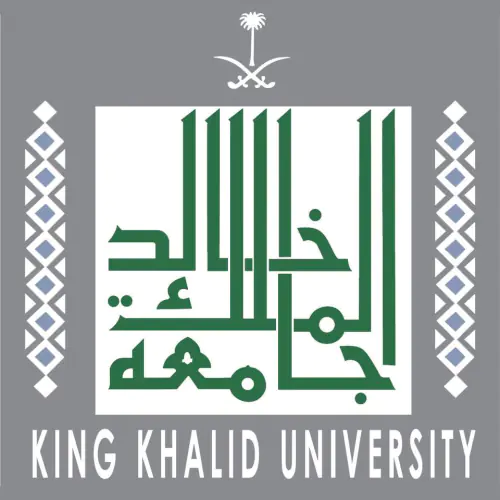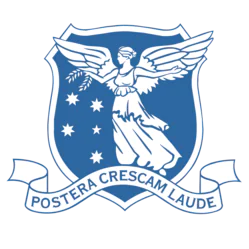Bangladesh University of Engineering and Technology
Are you a researcher?
Create a profile to get free access to personal recommendations for colleagues and new articles.

Publications
6 758
Citations
131 159
h-index
132
Top-3 journals
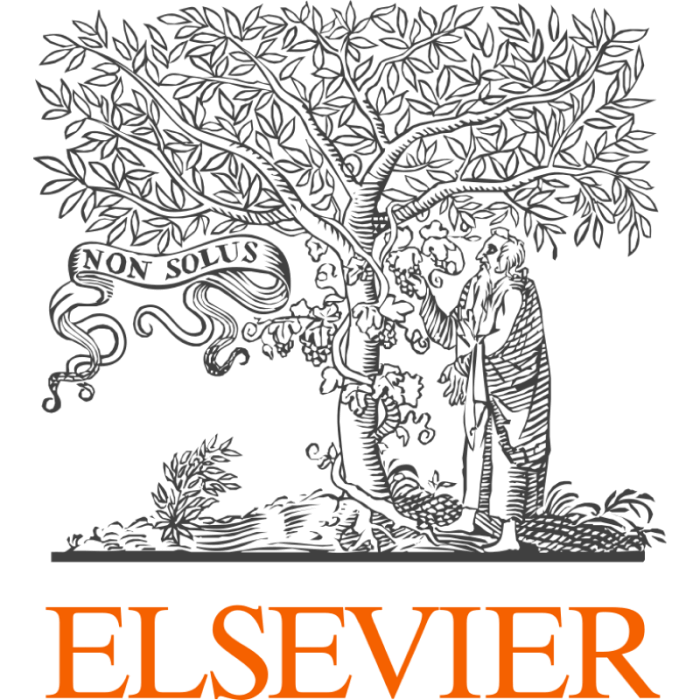
Procedia Engineering
(179 publications)
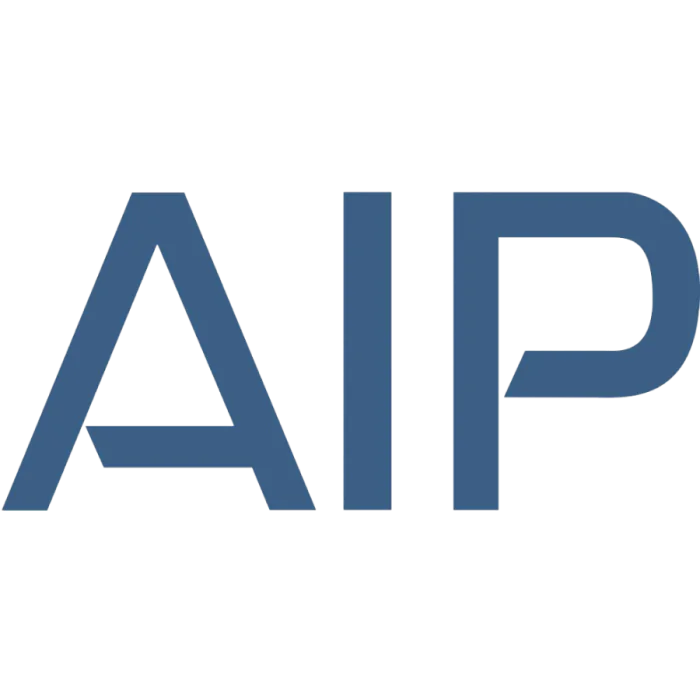
AIP Conference Proceedings
(169 publications)

Heliyon
(154 publications)
Top-3 organizations

University of Dhaka
(344 publications)
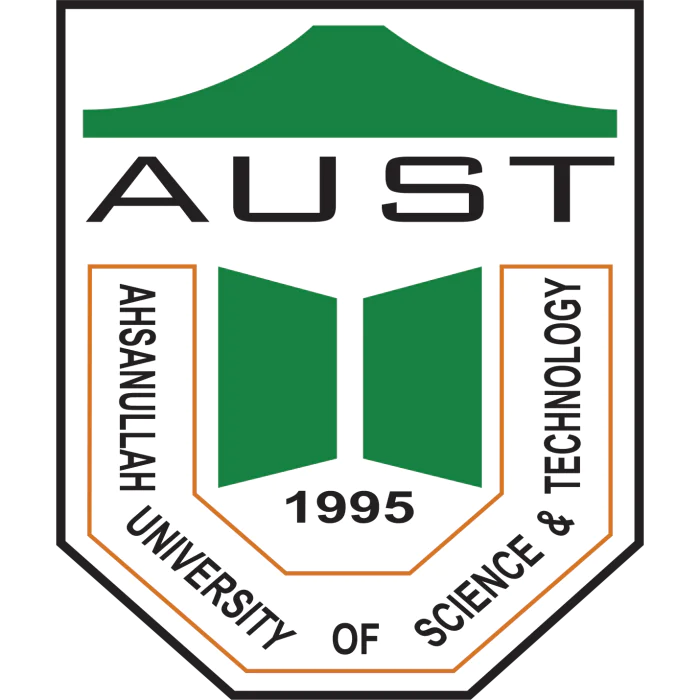
Ahsanullah University of Science and Technology
(220 publications)

Khulna University of Engineering and Technology
(120 publications)
Top-3 foreign organizations
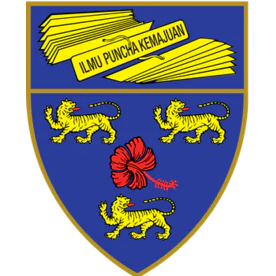
University of Malaya
(91 publications)

University of Alberta
(71 publications)

University of Technology Sydney
(61 publications)
Most cited in 5 years
Found
Nothing found, try to update filter.
Found
Nothing found, try to update filter.
Since 1973
Total publications
6758
Total citations
131159
Citations per publication
19.41
Average publications per year
125.15
Average authors per publication
4.24
h-index
132
Metrics description
h-index
A scientist has an h-index if h of his N publications are cited at least h times each, while the remaining (N - h) publications are cited no more than h times each.
Top-30
Fields of science
|
100
200
300
400
500
600
700
|
|
|
Electrical and Electronic Engineering
|
Electrical and Electronic Engineering, 642, 9.5%
Electrical and Electronic Engineering
642 publications, 9.5%
|
|
Condensed Matter Physics
|
Condensed Matter Physics, 576, 8.52%
Condensed Matter Physics
576 publications, 8.52%
|
|
Mechanical Engineering
|
Mechanical Engineering, 461, 6.82%
Mechanical Engineering
461 publications, 6.82%
|
|
General Materials Science
|
General Materials Science, 448, 6.63%
General Materials Science
448 publications, 6.63%
|
|
Electronic, Optical and Magnetic Materials
|
Electronic, Optical and Magnetic Materials, 412, 6.1%
Electronic, Optical and Magnetic Materials
412 publications, 6.1%
|
|
Applied Mathematics
|
Applied Mathematics, 334, 4.94%
Applied Mathematics
334 publications, 4.94%
|
|
Mechanics of Materials
|
Mechanics of Materials, 316, 4.68%
Mechanics of Materials
316 publications, 4.68%
|
|
Atomic and Molecular Physics, and Optics
|
Atomic and Molecular Physics, and Optics, 310, 4.59%
Atomic and Molecular Physics, and Optics
310 publications, 4.59%
|
|
General Engineering
|
General Engineering, 288, 4.26%
General Engineering
288 publications, 4.26%
|
|
General Chemistry
|
General Chemistry, 285, 4.22%
General Chemistry
285 publications, 4.22%
|
|
Computer Science Applications
|
Computer Science Applications, 285, 4.22%
Computer Science Applications
285 publications, 4.22%
|
|
Civil and Structural Engineering
|
Civil and Structural Engineering, 283, 4.19%
Civil and Structural Engineering
283 publications, 4.19%
|
|
Materials Chemistry
|
Materials Chemistry, 277, 4.1%
Materials Chemistry
277 publications, 4.1%
|
|
General Physics and Astronomy
|
General Physics and Astronomy, 274, 4.05%
General Physics and Astronomy
274 publications, 4.05%
|
|
General Medicine
|
General Medicine, 259, 3.83%
General Medicine
259 publications, 3.83%
|
|
General Chemical Engineering
|
General Chemical Engineering, 222, 3.28%
General Chemical Engineering
222 publications, 3.28%
|
|
Water Science and Technology
|
Water Science and Technology, 210, 3.11%
Water Science and Technology
210 publications, 3.11%
|
|
Industrial and Manufacturing Engineering
|
Industrial and Manufacturing Engineering, 204, 3.02%
Industrial and Manufacturing Engineering
204 publications, 3.02%
|
|
Renewable Energy, Sustainability and the Environment
|
Renewable Energy, Sustainability and the Environment, 204, 3.02%
Renewable Energy, Sustainability and the Environment
204 publications, 3.02%
|
|
Geography, Planning and Development
|
Geography, Planning and Development, 194, 2.87%
Geography, Planning and Development
194 publications, 2.87%
|
|
Multidisciplinary
|
Multidisciplinary, 185, 2.74%
Multidisciplinary
185 publications, 2.74%
|
|
Management, Monitoring, Policy and Law
|
Management, Monitoring, Policy and Law, 168, 2.49%
Management, Monitoring, Policy and Law
168 publications, 2.49%
|
|
Surfaces, Coatings and Films
|
Surfaces, Coatings and Films, 163, 2.41%
Surfaces, Coatings and Films
163 publications, 2.41%
|
|
Building and Construction
|
Building and Construction, 151, 2.23%
Building and Construction
151 publications, 2.23%
|
|
Environmental Engineering
|
Environmental Engineering, 147, 2.18%
Environmental Engineering
147 publications, 2.18%
|
|
General Environmental Science
|
General Environmental Science, 146, 2.16%
General Environmental Science
146 publications, 2.16%
|
|
General Computer Science
|
General Computer Science, 141, 2.09%
General Computer Science
141 publications, 2.09%
|
|
Metals and Alloys
|
Metals and Alloys, 138, 2.04%
Metals and Alloys
138 publications, 2.04%
|
|
Pollution
|
Pollution, 134, 1.98%
Pollution
134 publications, 1.98%
|
|
Software
|
Software, 133, 1.97%
Software
133 publications, 1.97%
|
|
100
200
300
400
500
600
700
|
Journals
|
20
40
60
80
100
120
140
160
180
|
|
|
Procedia Engineering
179 publications, 2.65%
|
|
|
AIP Conference Proceedings
169 publications, 2.5%
|
|
|
Heliyon
154 publications, 2.28%
|
|
|
Lecture Notes in Computer Science
144 publications, 2.13%
|
|
|
Lecture Notes in Civil Engineering
91 publications, 1.35%
|
|
|
IEEE Access
77 publications, 1.14%
|
|
|
RSC Advances
75 publications, 1.11%
|
|
|
PLoS ONE
58 publications, 0.86%
|
|
|
International Communications in Heat and Mass Transfer
52 publications, 0.77%
|
|
|
AIP Advances
52 publications, 0.77%
|
|
|
Journal of Materials Science: Materials in Electronics
47 publications, 0.7%
|
|
|
Scientific Reports
46 publications, 0.68%
|
|
|
Sustainability
42 publications, 0.62%
|
|
|
IOP Conference Series: Materials Science and Engineering
41 publications, 0.61%
|
|
|
SSRN Electronic Journal
38 publications, 0.56%
|
|
|
Journal of Applied Physics
36 publications, 0.53%
|
|
|
Lecture Notes in Networks and Systems
36 publications, 0.53%
|
|
|
Journal of Magnetism and Magnetic Materials
35 publications, 0.52%
|
|
|
Results in Physics
34 publications, 0.5%
|
|
|
Results in Engineering
32 publications, 0.47%
|
|
|
Transportation Research Record
30 publications, 0.44%
|
|
|
Journal of Alloys and Compounds
28 publications, 0.41%
|
|
|
Natural Hazards
27 publications, 0.4%
|
|
|
Thin Solid Films
27 publications, 0.4%
|
|
|
Water (Switzerland)
27 publications, 0.4%
|
|
|
Journal of Materials Processing Technology
25 publications, 0.37%
|
|
|
Advances in Materials and Processing Technologies
25 publications, 0.37%
|
|
|
Construction and Building Materials
25 publications, 0.37%
|
|
|
Journal of Cleaner Production
24 publications, 0.36%
|
|
|
Science of the Total Environment
24 publications, 0.36%
|
|
|
20
40
60
80
100
120
140
160
180
|
Publishers
|
500
1000
1500
2000
2500
|
|
|
Elsevier
2262 publications, 33.47%
|
|
|
Springer Nature
1445 publications, 21.38%
|
|
|
Institute of Electrical and Electronics Engineers (IEEE)
300 publications, 4.44%
|
|
|
AIP Publishing
279 publications, 4.13%
|
|
|
Taylor & Francis
268 publications, 3.97%
|
|
|
Wiley
267 publications, 3.95%
|
|
|
MDPI
220 publications, 3.26%
|
|
|
Royal Society of Chemistry (RSC)
166 publications, 2.46%
|
|
|
IOP Publishing
143 publications, 2.12%
|
|
|
SAGE
122 publications, 1.81%
|
|
|
American Chemical Society (ACS)
90 publications, 1.33%
|
|
|
Hindawi Limited
90 publications, 1.33%
|
|
|
Inderscience Publishers
73 publications, 1.08%
|
|
|
Trans Tech Publications
62 publications, 0.92%
|
|
|
Public Library of Science (PLoS)
60 publications, 0.89%
|
|
|
Optica Publishing Group
60 publications, 0.89%
|
|
|
Emerald
57 publications, 0.84%
|
|
|
World Scientific
50 publications, 0.74%
|
|
|
IWA Publishing
48 publications, 0.71%
|
|
|
Institution of Engineering and Technology (IET)
45 publications, 0.67%
|
|
|
Oxford University Press
41 publications, 0.61%
|
|
|
The Electrochemical Society
41 publications, 0.61%
|
|
|
Social Science Electronic Publishing
36 publications, 0.53%
|
|
|
Walter de Gruyter
30 publications, 0.44%
|
|
|
Association for Computing Machinery (ACM)
30 publications, 0.44%
|
|
|
SPIE-Intl Soc Optical Eng
30 publications, 0.44%
|
|
|
ASME International
24 publications, 0.36%
|
|
|
IOS Press
20 publications, 0.3%
|
|
|
Frontiers Media S.A.
20 publications, 0.3%
|
|
|
IGI Global
17 publications, 0.25%
|
|
|
500
1000
1500
2000
2500
|
With other organizations
|
50
100
150
200
250
300
350
|
|
|
University of Dhaka
344 publications, 5.09%
|
|
|
Ahsanullah University of Science and Technology
220 publications, 3.26%
|
|
|
Khulna University of Engineering and Technology
120 publications, 1.78%
|
|
|
Bangladesh Council of Scientific and Industrial Research
116 publications, 1.72%
|
|
|
Bangladesh Atomic Energy Commission
109 publications, 1.61%
|
|
|
Chittagong University of Engineering & Technology
108 publications, 1.6%
|
|
|
Islamic University of Technology
100 publications, 1.48%
|
|
|
Jahangirnagar University
99 publications, 1.46%
|
|
|
Dhaka University of Engineering & Technology
99 publications, 1.46%
|
|
|
Daffodil International University
98 publications, 1.45%
|
|
|
Jashore University of Science and Technology
98 publications, 1.45%
|
|
|
University of Malaya
91 publications, 1.35%
|
|
|
Rajshahi University of Engineering and Technology
79 publications, 1.17%
|
|
|
BRAC University
72 publications, 1.07%
|
|
|
University of Alberta
71 publications, 1.05%
|
|
|
North South University
70 publications, 1.04%
|
|
|
Jagannath University (Bangladesh)
66 publications, 0.98%
|
|
|
University of Technology Sydney
61 publications, 0.9%
|
|
|
United International University
59 publications, 0.87%
|
|
|
Massachusetts Institute of Technology
56 publications, 0.83%
|
|
|
King Saud University
55 publications, 0.81%
|
|
|
North Carolina State University
55 publications, 0.81%
|
|
|
University of Rajshahi
55 publications, 0.81%
|
|
|
American International University-Bangladesh
55 publications, 0.81%
|
|
|
East-West University (Bangladesh)
52 publications, 0.77%
|
|
|
Kyushu University
49 publications, 0.73%
|
|
|
University of Chittagong
49 publications, 0.73%
|
|
|
University of New South Wales
48 publications, 0.71%
|
|
|
Khulna University
47 publications, 0.7%
|
|
|
University of Southampton
46 publications, 0.68%
|
|
|
50
100
150
200
250
300
350
|
With foreign organizations
|
10
20
30
40
50
60
70
80
90
100
|
|
|
University of Malaya
91 publications, 1.35%
|
|
|
University of Alberta
71 publications, 1.05%
|
|
|
University of Technology Sydney
61 publications, 0.9%
|
|
|
Massachusetts Institute of Technology
56 publications, 0.83%
|
|
|
King Saud University
55 publications, 0.81%
|
|
|
North Carolina State University
55 publications, 0.81%
|
|
|
Kyushu University
49 publications, 0.73%
|
|
|
University of New South Wales
48 publications, 0.71%
|
|
|
University of Southampton
46 publications, 0.68%
|
|
|
University of Regina
46 publications, 0.68%
|
|
|
University of British Columbia
44 publications, 0.65%
|
|
|
Imperial College London
42 publications, 0.62%
|
|
|
University of Tokyo
40 publications, 0.59%
|
|
|
King Fahd University of Petroleum and Minerals
39 publications, 0.58%
|
|
|
Purdue University
39 publications, 0.58%
|
|
|
University at Buffalo, State University of New York
38 publications, 0.56%
|
|
|
Kalasalingam Academy of Research and Education
37 publications, 0.55%
|
|
|
Tohoku University
34 publications, 0.5%
|
|
|
University of Illinois Urbana-Champaign
32 publications, 0.47%
|
|
|
King Abdulaziz University
31 publications, 0.46%
|
|
|
Concordia University
31 publications, 0.46%
|
|
|
Monash University
29 publications, 0.43%
|
|
|
University of Toronto
29 publications, 0.43%
|
|
|
University Putra Malaysia
28 publications, 0.41%
|
|
|
Kyung Hee University
28 publications, 0.41%
|
|
|
King's College London
27 publications, 0.4%
|
|
|
University of Texas at Austin
27 publications, 0.4%
|
|
|
University of Oxford
26 publications, 0.38%
|
|
|
King Khalid University
25 publications, 0.37%
|
|
|
University of Melbourne
25 publications, 0.37%
|
|
|
10
20
30
40
50
60
70
80
90
100
|
With other countries
|
100
200
300
400
500
600
700
800
900
1000
|
|
|
USA
|
USA, 964, 14.26%
USA
964 publications, 14.26%
|
|
Canada
|
Canada, 368, 5.45%
Canada
368 publications, 5.45%
|
|
Japan
|
Japan, 361, 5.34%
Japan
361 publications, 5.34%
|
|
Australia
|
Australia, 334, 4.94%
Australia
334 publications, 4.94%
|
|
United Kingdom
|
United Kingdom, 316, 4.68%
United Kingdom
316 publications, 4.68%
|
|
India
|
India, 211, 3.12%
India
211 publications, 3.12%
|
|
Malaysia
|
Malaysia, 188, 2.78%
Malaysia
188 publications, 2.78%
|
|
Saudi Arabia
|
Saudi Arabia, 181, 2.68%
Saudi Arabia
181 publications, 2.68%
|
|
China
|
China, 143, 2.12%
China
143 publications, 2.12%
|
|
Republic of Korea
|
Republic of Korea, 95, 1.41%
Republic of Korea
95 publications, 1.41%
|
|
Singapore
|
Singapore, 51, 0.75%
Singapore
51 publications, 0.75%
|
|
Germany
|
Germany, 50, 0.74%
Germany
50 publications, 0.74%
|
|
Netherlands
|
Netherlands, 47, 0.7%
Netherlands
47 publications, 0.7%
|
|
Italy
|
Italy, 46, 0.68%
Italy
46 publications, 0.68%
|
|
Turkey
|
Turkey, 42, 0.62%
Turkey
42 publications, 0.62%
|
|
France
|
France, 41, 0.61%
France
41 publications, 0.61%
|
|
Pakistan
|
Pakistan, 40, 0.59%
Pakistan
40 publications, 0.59%
|
|
Denmark
|
Denmark, 36, 0.53%
Denmark
36 publications, 0.53%
|
|
Ireland
|
Ireland, 27, 0.4%
Ireland
27 publications, 0.4%
|
|
Egypt
|
Egypt, 25, 0.37%
Egypt
25 publications, 0.37%
|
|
UAE
|
UAE, 23, 0.34%
UAE
23 publications, 0.34%
|
|
Sweden
|
Sweden, 22, 0.33%
Sweden
22 publications, 0.33%
|
|
Vietnam
|
Vietnam, 21, 0.31%
Vietnam
21 publications, 0.31%
|
|
Brazil
|
Brazil, 19, 0.28%
Brazil
19 publications, 0.28%
|
|
Finland
|
Finland, 19, 0.28%
Finland
19 publications, 0.28%
|
|
Belgium
|
Belgium, 18, 0.27%
Belgium
18 publications, 0.27%
|
|
Spain
|
Spain, 17, 0.25%
Spain
17 publications, 0.25%
|
|
Qatar
|
Qatar, 17, 0.25%
Qatar
17 publications, 0.25%
|
|
Thailand
|
Thailand, 17, 0.25%
Thailand
17 publications, 0.25%
|
|
100
200
300
400
500
600
700
800
900
1000
|
- We do not take into account publications without a DOI.
- Statistics recalculated daily.
- Publications published earlier than 1973 are ignored in the statistics.
- The horizontal charts show the 30 top positions.
- Journals quartiles values are relevant at the moment.




